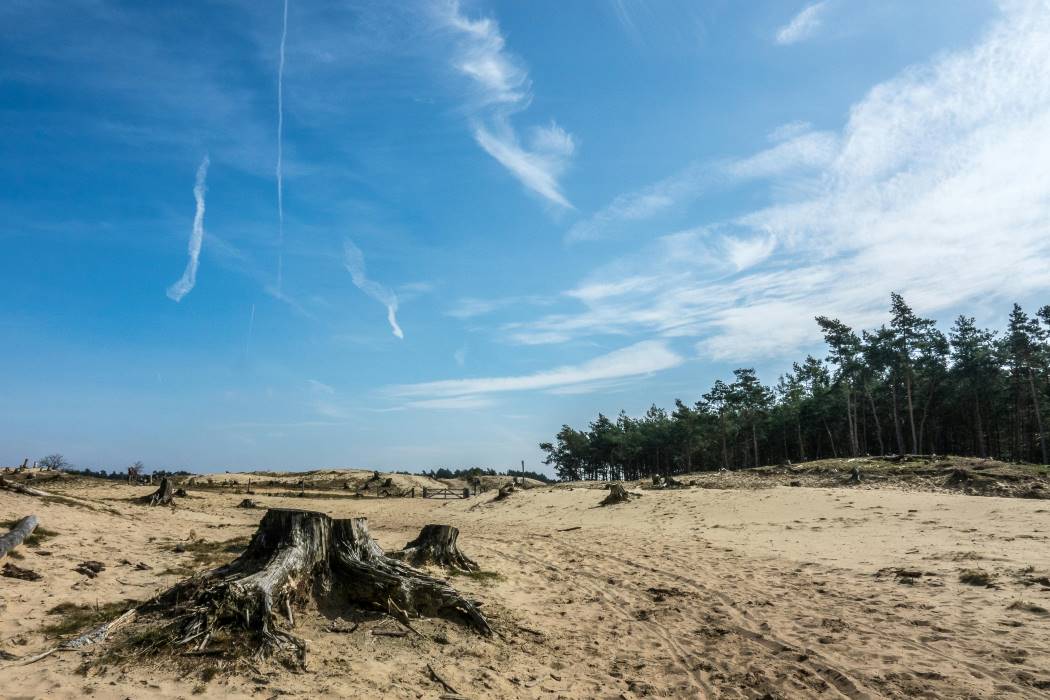Summary:
Forests are changing – but not nearly fast enough to match the speed of modern climate change. A new study published in Science reveals that natural forest adaptation lags behind by as much as 150 to 200 years, making it unlikely that many ecosystems can keep pace with the current rate of warming. Led by David Fastovich, a postdoctoral researcher at Syracuse University, the study used spectral analysis on fossil pollen data spanning 600,000 years to quantify how quickly tree populations have historically responded to climate shifts.
The analysis revealed that forest ecosystems typically begin to reorganize only after one to two centuries – roughly equivalent to the average lifespan of a tree. While trees migrated over thousands of years during past ice ages, modern warming is happening too rapidly for natural dispersal to keep up. “There’s a mismatch between the timescales at which forests naturally change to what’s happening today with climate change,” Fastovich said.
The study highlights that forest change operates on multiple overlapping timescales, but at higher frequencies – decades to a century – vegetation responses are weak. This mismatch raises concerns for biodiversity, ecosystem function, and forest resilience, prompting researchers to recommend proactive approaches like assisted migration to support forest adaptation in a warming world.

Forests can’t keep up: Adaptation will lag behind climate change
Before the rapid climate change of the past century, tree populations in the Northern Hemisphere adapted to colder and warmer periods over thousands of years. During onsets of Ice Ages, tree populations migrated south, seeking warmer conditions as global temperatures cooled, their seeds dispersed by winds and carried by animals. When the climate warmed again, tree species adapted by migrating north to more suitable conditions. Mature trees are long-lived, and their populations can’t migrate quickly.
Current climate change is happening faster than many forests can adapt and thrive, creating a mismatch between the pace of warming and forests’ natural adaptation.

A new study in the journal Science shows that forests have a lag time of one to two centuries to shift tree populations in response to climate changes, according to first author David Fastovich, a postdoctoral researcher at Syracuse University in the Paleoclimate Dynamics Lab of Tripti Bhattacharya, Thonis Family Professor of Paleoclimate Dynamics and associate professor in the Department of Earth and Environmental Sciences.
The research team set out to map the timescales at which tree populations respond to climate change, examining pollen data from lake sediment cores spanning up to 600,000 years ago.
“We’ve known these time lags have existed, but no one could put a firm number on them,” says Fastovich. “We can intuit how long a tree lives. We can count the rings on a tree and estimate from there. But now we know that after one to two centuries – very close to how long a tree lives on average – entire forest ecosystems begin to turnover as trees die and are replaced in response to climate.”
The research team used spectral analysis – a statistical technique common in fields such as physics and engineering – to study long-term ecological data. This method allowed the researchers to compare the relationship between tree populations and climate from decades to millennia. One goal was to learn how closely tree population migrations, tree mortality and forest disturbances from things like forest fires match climate changes over time.
Spectral analysis provides a newly unified statistical approach that connects how natural forest adaptation evolves from days to thousands of years.
“This gives us a common language for people who observe forest change – ecologists, paleoecologists and paleobiologists – to talk to one another about those changes no matter if we study forests on annual or millennial timescales,” Fastovich says.
The researchers found that at timescales of years and decades, forests typically change slowly. After about eight centuries, though, forest changes tend to become larger, tied to natural climate variability.
“With this new technique, we can think about ecological processes on any timescale and how they are connected,” says Fastovich. “We can understand how dispersal and population changes interact and cause a forest to change from decades to centuries, and even longer timescales. That hasn’t been done before.”
The study also suggests that forests will need more human intervention to keep them healthy. Assisted migration might be an effective tool. It is the practice of planting warmer-climate trees in traditionally colder locations to help woodlands adapt and flourish despite the heating of their habitats from climate change. Forest adaptation to climate will be a slow, complex process requiring nuanced, long-term management strategies, Fastovich notes.
“There’s a mismatch between the timescales at which forests naturally change to what’s happening today with climate change,” Fastovich says. “Population-level changes aren’t going to be fast enough to keep the forests that we care about around. Assisted migration is one tool of many to keep cherished forests around for longer.”
Journal Reference:
David Fastovich, Stephen R. Meyers, Erin E. Saupe, John W. Williams, Maria Dornelas, Elizabeth M. Dowding, Seth Finnegan, Huai-Hsuan M. Huang, Lukas Jonkers, Wolfgang Kiessling et al., ‘Coupled, decoupled, and abrupt responses of vegetation to climate across timescales’, Science 389, 6755, 64-68 (2025). DOI: 10.1126/science.adr6700
Article Source:
Press Release/Material by Syracuse University
Featured image credit: Mike van Schoonderwalt | Pexels




